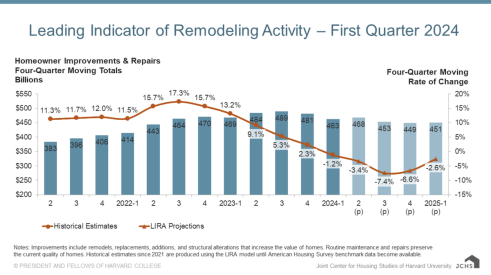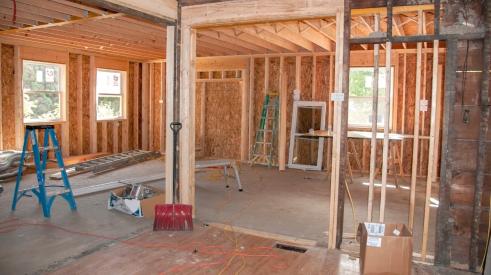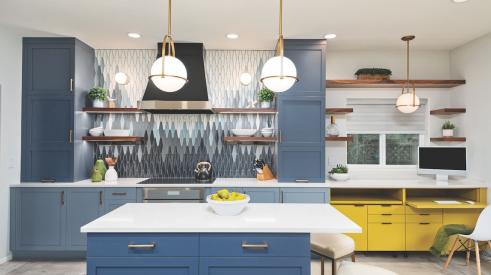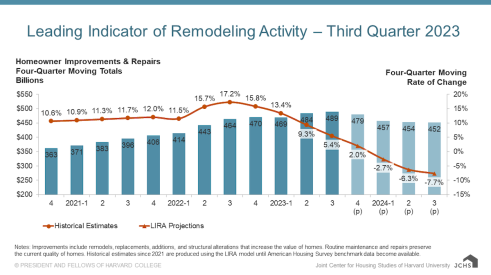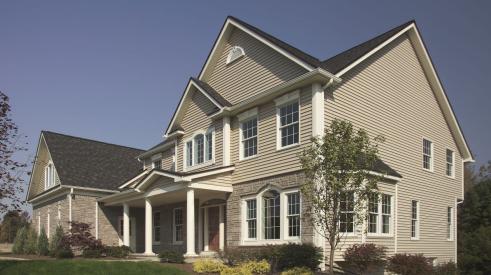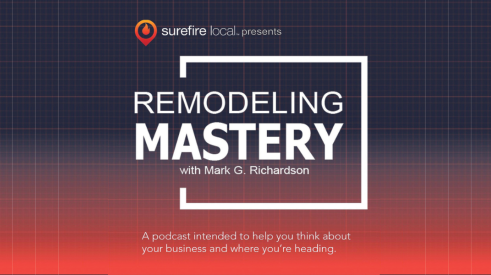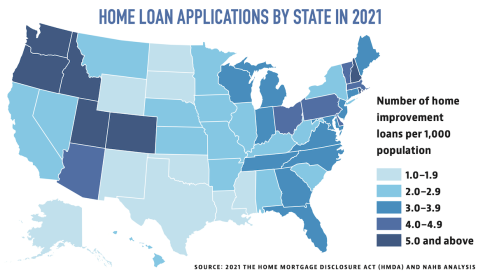Baby boomers, Gen X and Gen Y are influencing the way society lives and works like never before, and the impact to the home is no exception.
Masco Cabinetry, home of the KraftMaid, Merillat, QualityCabinets and DeNova brands, recently completed the GenShift 2011: Lifestages Redefining the Kitchen study to help architects and designers better understand how the collision of social, economic and generational influences impact kitchen design. The survey was conducted online by Harris Interactive on behalf of Masco Cabinetry from February 28-March 2 among 1,027 U.S. adult homeowners aged 18-65 years old.
Did you know…
- 22% of homeowners 18-65 felt that a place for feeding pets is a top-three kitchen extra, compared with only 10% who felt they needed a space for wine storage.
- While 63% of Baby Boomer homeowners, aged 45-65, plan to stay in their current home over the next five to 10 years, 75% don’t feel that their current kitchen is universally designed to meet their needs.
- Gen X homeowners, aged 35-44, are staying put and nearly half (49%) think they will spend up to a decade in their current residence
- 40% of Gen Y homeowners, aged 18-34, embrace the concept of multigenerational living and expect their parents will live with them in the future.
“Design professionals who have a strong understanding of generational influences and needs will be better prepared to deliver functional and attractive kitchens that homeowners of all ages are willing to invest in,” said Sarah Reep, ASID, IIDA, CMKBD, CMG, CAPS, director of designer relations and education at Masco Cabinetry. “From highchair to wheelchair needs and pet food to wine storage, we’ve uncovered how kitchen extras, floor plans, counter space and table heights, can lead to flexible, and functional designs.”
The GenShift 2011 study includes a compilation of research from the survey conducted by Harris Interactive and 2011 Nielsen-Spectra data. The GenShift 2011 study identifies changes in lifestyle, typical kitchen layout and functionality of spaces that have implications for the aesthetics, storage and other factors of today’s ideal kitchen.
So what does this mean to the architect and design community?
“As architects and designers, we need to provide kitchen solutions specific enough to reflect the personal wants and needs of today’s homeowners and flexible enough to accommodate a rapidly changing household demographic.” said Reep.
Methodology
Harris Interactive fielded the study on behalf of Masco Cabinetry from February 28-March 2, 2011 via its Harris Poll QuickQuery online omnibus service, interviewing a nationwide sample of 1,027 U.S. adult homeowners aged 18-65 years old. Figures for age, sex, race/ethnicity, education, region and household income were weighted where necessary to bring them into line with their actual proportions in the population. Propensity score weighting was also used to adjust for respondents’ propensity to be online.
All sample surveys and polls, whether or not they use probability sampling, are subject to multiple sources of error which are most often not possible to quantify or estimate, including sampling error, coverage error, error associated with non-response, error associated with question wording and response options, and post-survey weighting and adjustments. Therefore, Harris Interactive avoids the words “margin of error” as they are misleading. All that can be calculated are different possible sampling errors with different probabilities for pure, unweighted, random samples with 100 percent response rates. These are only theoretical because no published polls come close to this ideal.
Respondents for this survey were selected from among those who have agreed to participate in Harris Interactive surveys. The data have been weighted to reflect the composition of the U.S. adult population. Because the sample is based on those who agreed to be invited to participate in the Harris Interactive online research panel, no estimates of theoretical sampling error can be calculated.
Related Stories
Harvard Says Remodeling Spending Downturn to Slow
Could the drop in remodeling spending from post-COVID levels regulate soon?
The Latest Data on Construction's Workforce
To close the housing deficit in the United States, the industry needs more skilled workers. Here's where construction's workforce stands
The Remodeling Market Could Turn in Q4, Says Harvard
Repair and remodeling spending could see an uptick at the end of the year
Building Materials Show Stability in 2023
Although supply chain bottlenecks have eased in recent months, shortages of some key materials persist.
Design Trends to Watch in 2024
What’s in and out for the upcoming year? Remodeling designers share insights
Remodeler Sentiment Remains Positive
Surveys reveal a strong outlook, and how the aging population will lift remodeling
Next Year to Challenge Remodeling, Says Harvard
The latest LIRA report predicts greater decrease in home improvement and remodeling spending
Top Siding and Window Colors for 2024
A recent survey identifies the top siding and window color choices for American homeowners
What Does the Past and Present of Remodeling Tell Us About the Future?
On this episode of Remodeling Mastery, industry advisor Mark Richardson shares bits of his keynote presentation at The Pinnacle Experience, highlighting different elements that shape the immediate future of the remodeling market
Remodeling Loan Data Reveals Geographical, National Trends
An analysis of loan data shows the most popular, and least popular, states for home improvement



